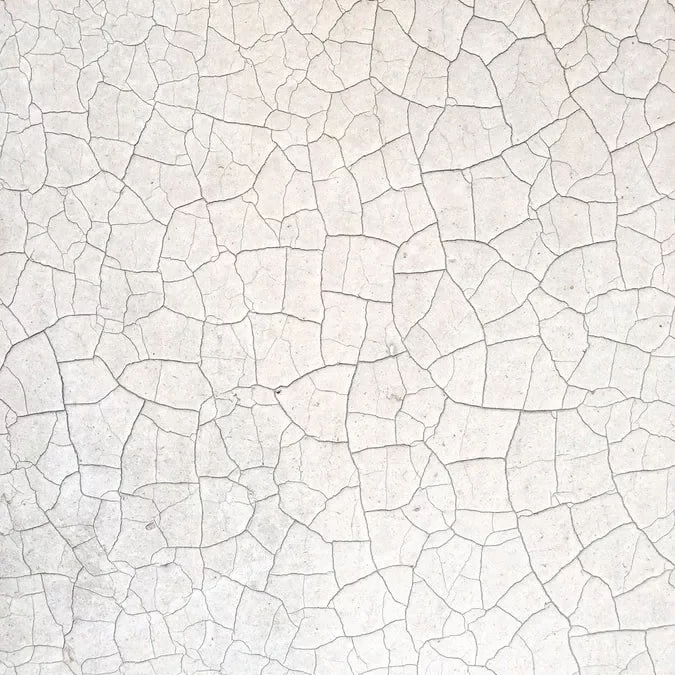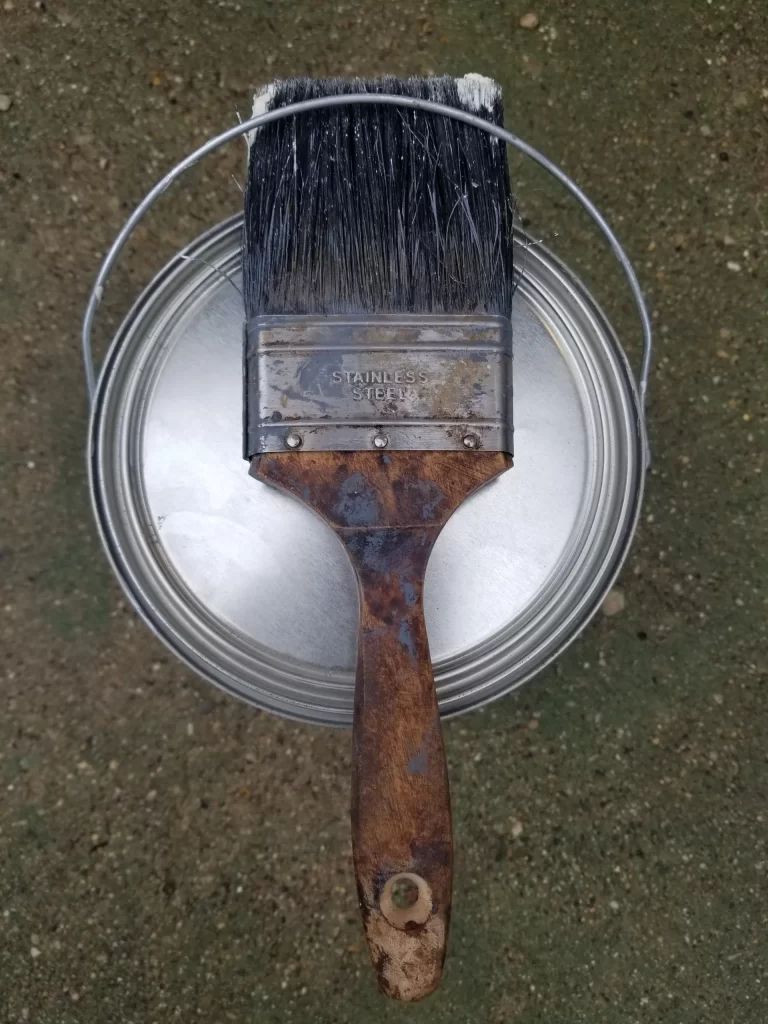Tackling your home’s paint job is a great first DIY project to take on. Painting does not require expensive tools or materials and you can paint a room by yourself in less than a day. Interior house painting can be simple enough to handle without prior experience, but exterior house painting can be a little more challenging. If you have never performed an exterior paint job before, there are a few things you will want to know in order to get the best results and a few ways to troubleshoot any issues you might encounter.
Blistering paint is a very common problem when painting the exterior of your home, and there are several possible reasons why this might have happened. You may have painted while in direct sunlight onto a surface that was hot, you may have painted when it was damp or rainy and humidity got into the paint while it was drying or your house might have given off moisture to the outside if there is not good ventilation.
In order to fix blistering paint, there are a few steps you will need to follow. First of all, you will need to scrape away any of the paint that has blistered and sand it down. You will need to sand, prime and repaint the area, but you need to make sure that you are not doing it when there is direct sunlight or if there is humidity. Make sure that you are using high-quality latex paint, because the quality of the paint is very important.
Alligatoring is the term given when the surface of the paint cracks and the result looks very similar to an alligator’s skin. If alligatoring happens to your exterior paint job, it could be that the second coat of paint was painted before the first layer had dried completely or it could have been caused by painting a second coat of paint using paint that was incompatible with what the first layer was. In order to fix this painting problem, you will need to remove the old paint, sand the area, prime it and then repaint. You will want to use a high-quality latex paint.
Chalking is another issue that can happen and this is when there is a fine chalk-like powder that appears on the surface of the paint. This can happen if an inexpensive paint was used, if you used interior paint for an exterior project, if the paint was too thin before it was painted on, or if there were porous surfaces that were not sealed properly before the surface was painted. If chalking happens, you need to remove the paint before you repaint. You can remove the paint by power washing the area. You will need to let it dry before you repaint it. You want to be sure to use a high-quality latex exterior paint.
Another issue you may encounter is sagging and this is what happens when the paint has a droopy or dripping look to it. This can happen if too much paint was applied in the first place, if the humidity was too high or if the outside temperature was too low, or if it was applied to a surface that had not been primed. You can potentially catch this issue while it is still wet, and can use a roller to redistribute the paint. If it has already dried, you can then sand down the area and reapply the paint.


